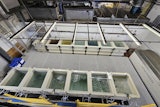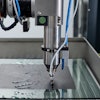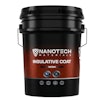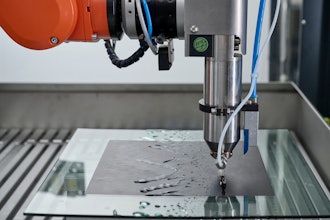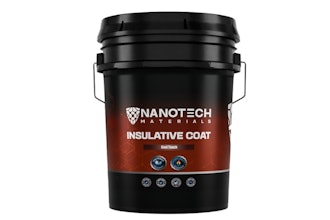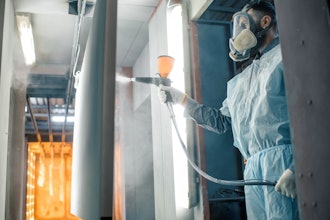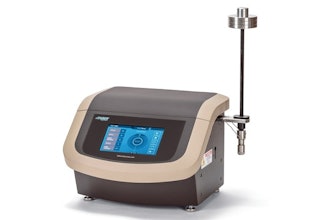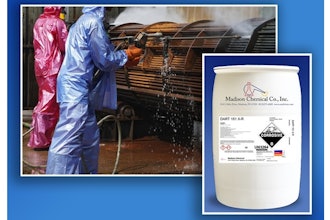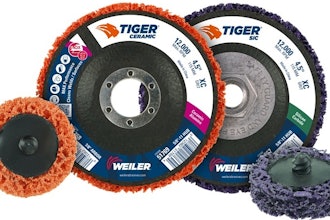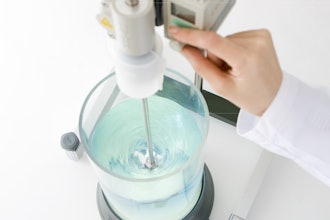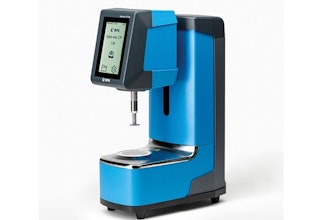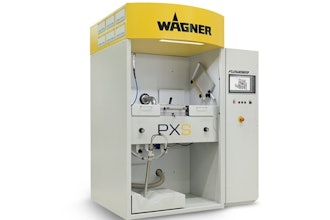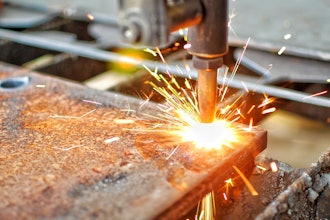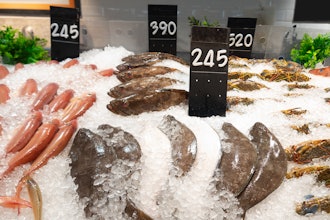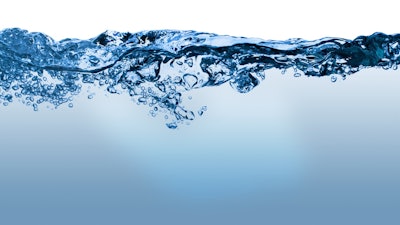
This is the second installment of a three-part series. Click here for parts one and three.
Similar to hard water as detailed in our last article, soft water contains cations. However, these cations are different from hard water cations. Soft water typically contains Na+ (Sodium) and K+ (Potassium) rather than Ca2+ (Calcium) and Mg2+ (Magnesium), neither of which prevents saponification. Therefore, soft water does not have the capability nor is it its function to pull soil from the part. Unlike hard water which is softened by the cleaner, soft water will generally not produce as much sludge at the bottom of the tank.
Total Dissolved Solids
Similar to hard water, soft water possesses Total Dissolved Solids (TDS) that can lead to the same difficulties in the rinse tank as detailed in the prior section. To determine how much TDS is contained in the water, conductivity measurements should be taken. Measuring the TDS will provide a good idea of the degree of dirt and other contaminates in the water. The TDS in a rinse tank should be low and significantly lower than TDS present in hard water. Asterion can assist with TDS measurement.
A low TDS measurement suggests that it would be less likely for large amounts of soils/chemistry to be transferred to the plating process tank. Because of a chemical phenomenon known as the Common Ion Effect, minimizing TDS in the plating process tank is important.
It is important to note that although soft water is preferred over hard water, it still has the potential of “salting out,” when used to make up a plating solution. Salting out is when a more soluble ion kicks a less soluble ion out of solution. This will follow the Hofmeister series. The upside of soft water in the plating tank is that it usually does not impact the final deposit. Therefore, there should be minimal, if any, issues with using soft water to make up a plating tank.
In summary, soft water is generally considered a better option than hard water. It will not cause nearly as much sludge in the tanks or mineral build up on pipes. However, it still has a significant amount of cations in the solution. Although soft water has limitations and should not be deemed the best water option, it does offer the best balance of economics and quality.
Next week’s article will examine the use and selection of purified water when employed as part of the plating process.
Jake Fischer is an author for Asterion LLC, a surface technology company. Next week’s article will examine the use and selection of soft water when employed as part of the plating process. To obtain a copy of the complete white paper, “Water and the Plating Process,” please contact [email protected] or click here.
